Neuroarchitecture
Designing high-rise cities at eye-levelBook Seminar with Renowned Authors!
How can we design streetscapes on a human scale in high-density environments? In Western cities, an increasing number of inhabitants needs to be accommodated. This often means the introduction of taller high-rise buildings. Although these new urban projects are designed with the intention to create a sense of human scale for the inhabitants, it remains unclear how the users of these streetscapes actually experience them.
Join us for an enlightening and immersive seminar featuring acclaimed authors who will be presenting their latest works in the hybrid field of Neuroarchitecture and sharing profound insights into their scientific journeys.
This seminar promises to be an enriching experience for (landscape) architects, urban planners, researchers, and anyone passionate about making a better built environment to promote well-being. Don’t miss the opportunity to engage with these esteemed authors as they share their stories, insights, and the inspirations behind their compelling research works.
Whether you’re an academic, a professional seeking inspiration, or simply curious about these remarkable books, this seminar is your chance to delve into the minds of these visionaries.
Secure your spot now via Eventbrite.com for a moment of profound discussions.
Stay tuned for more updates and reserve your seat to immerse yourself in a world of neuroarchitecture! 📖✨
15th of February, 2024 | @4:00 -5:30 PM CET (16-17:30 Dutch Time) |
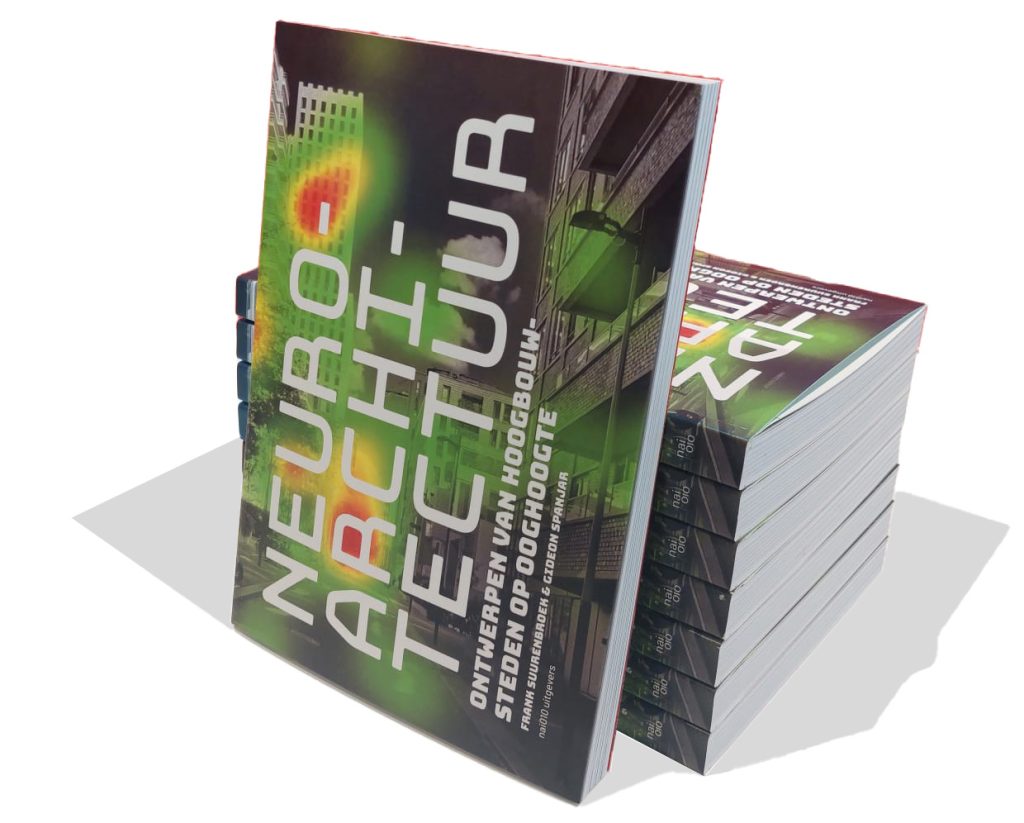
Book Launch
Neuroarchitecture explores the insights offered by the new hybrid field of neuroarchitecture. Using state-of-the-art technology, researchers in this field are able to track minutely how the body responds to impulses from the built environment. Neuroarchitecture introduces the field and shows best practices of streetscapes in Western cities, such as Amsterdam, Toronto, Manchester and Oslo. Each location is analyzed in depth, using a research-through-design method. What do the existing urban fabric studies teach us? What patterns can be observed and experienced visually? Neuroarchitecture questions design guidelines and gives practical tools to improve the human-scale attributes of high-density built environments.
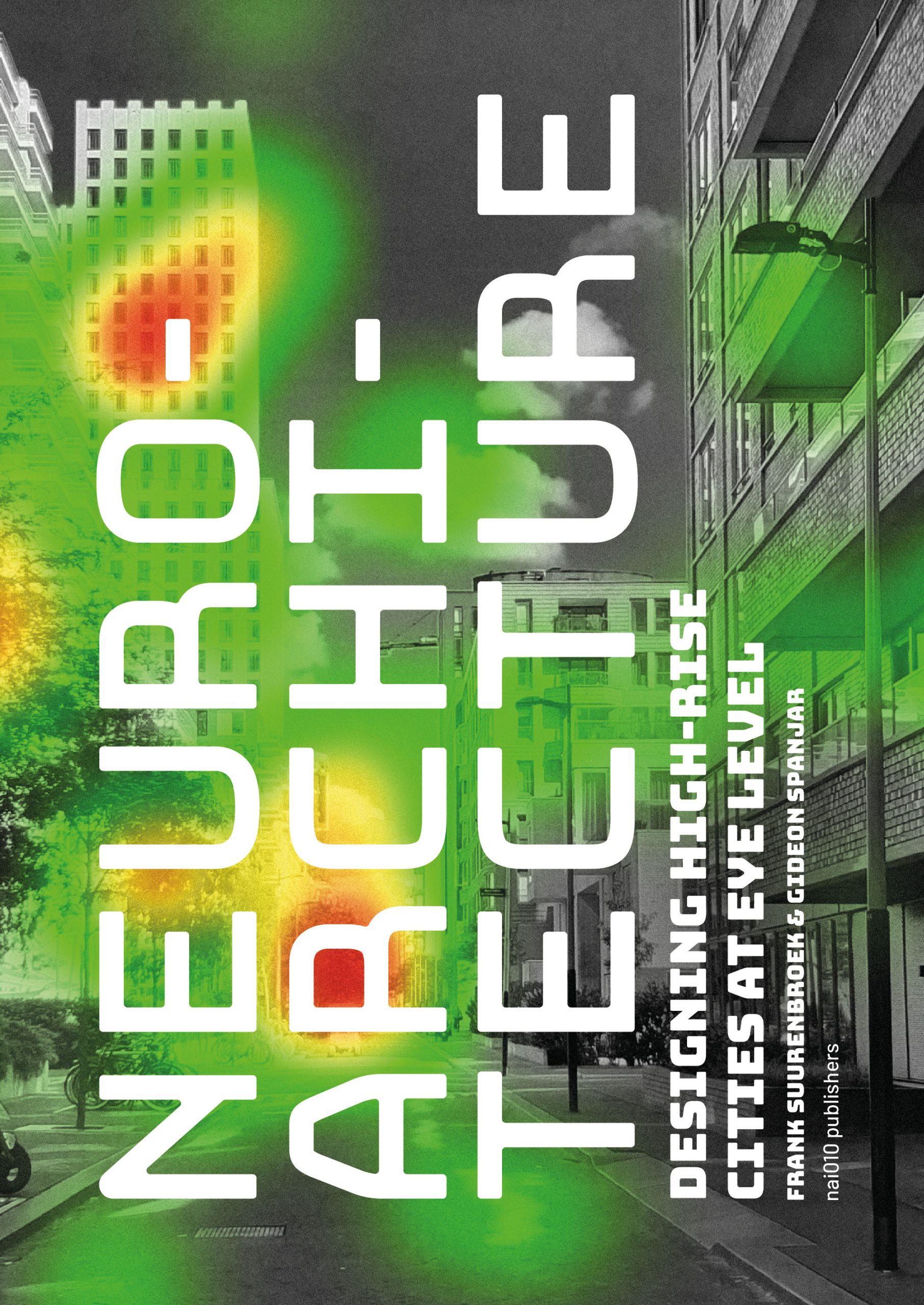

Dr. Frank Suurenbroek

Dr. Gideon Spanjar
Speakers

Dr. Agnieszka Olszewska-Guizzo
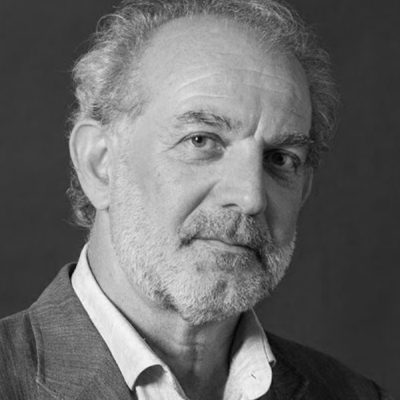
Davide Ruzzon

Dr. Justin Hollander
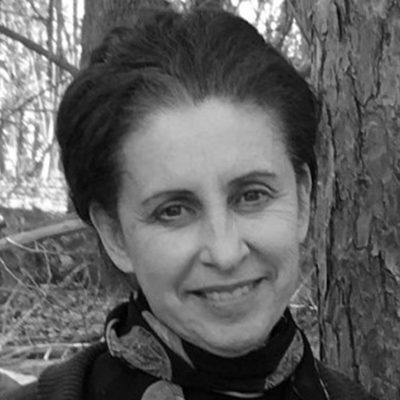
Ann Sussman
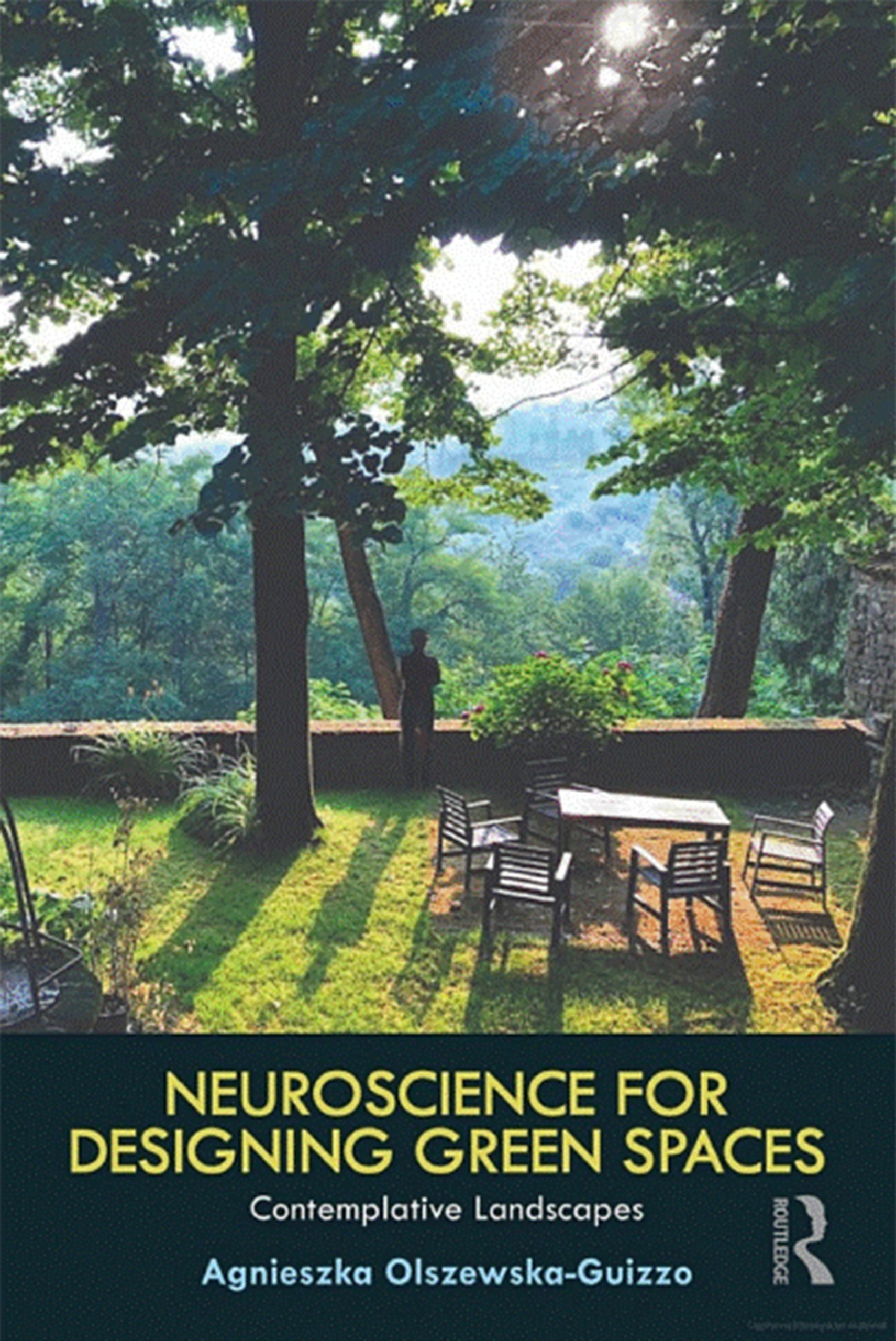
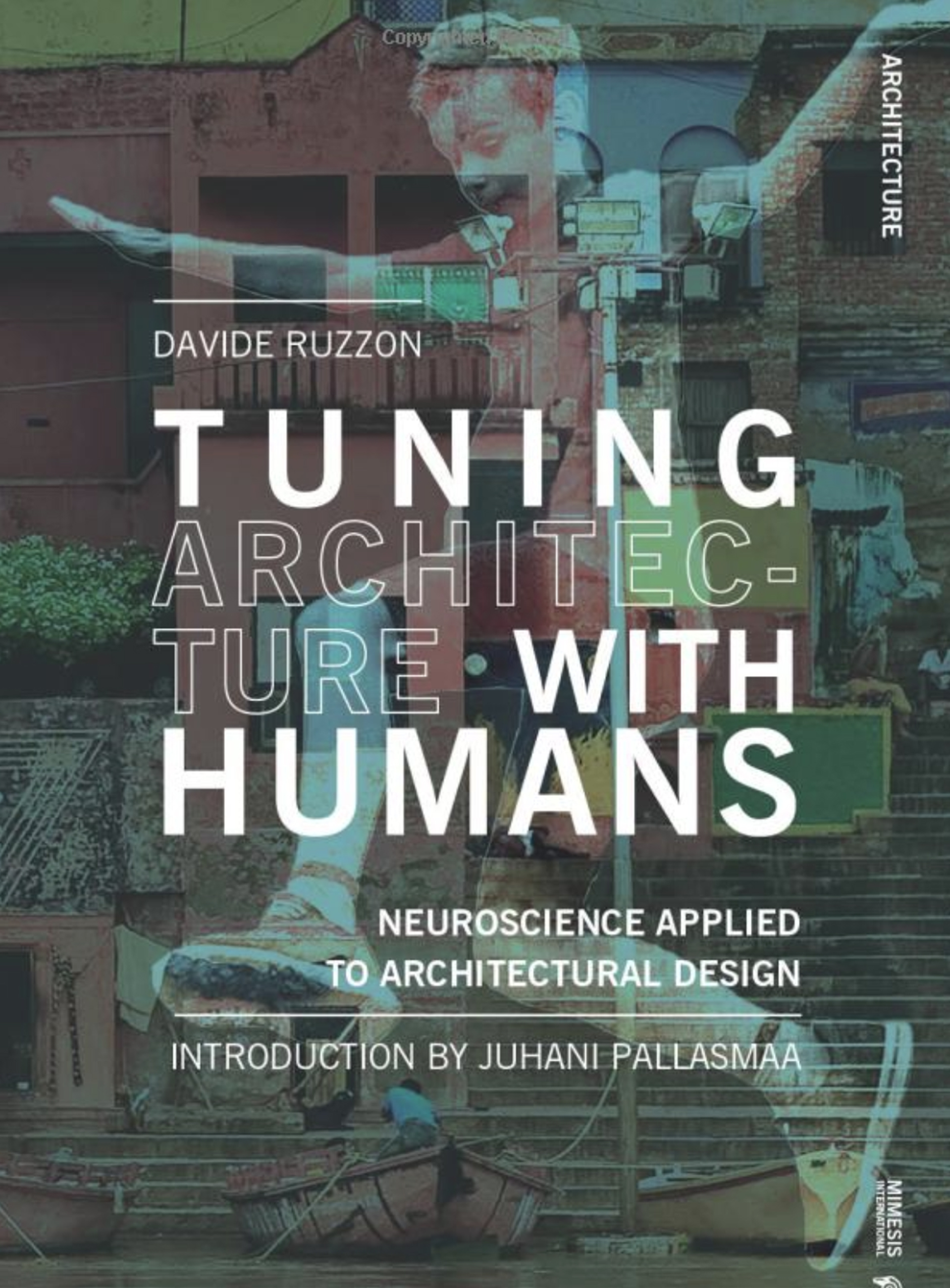
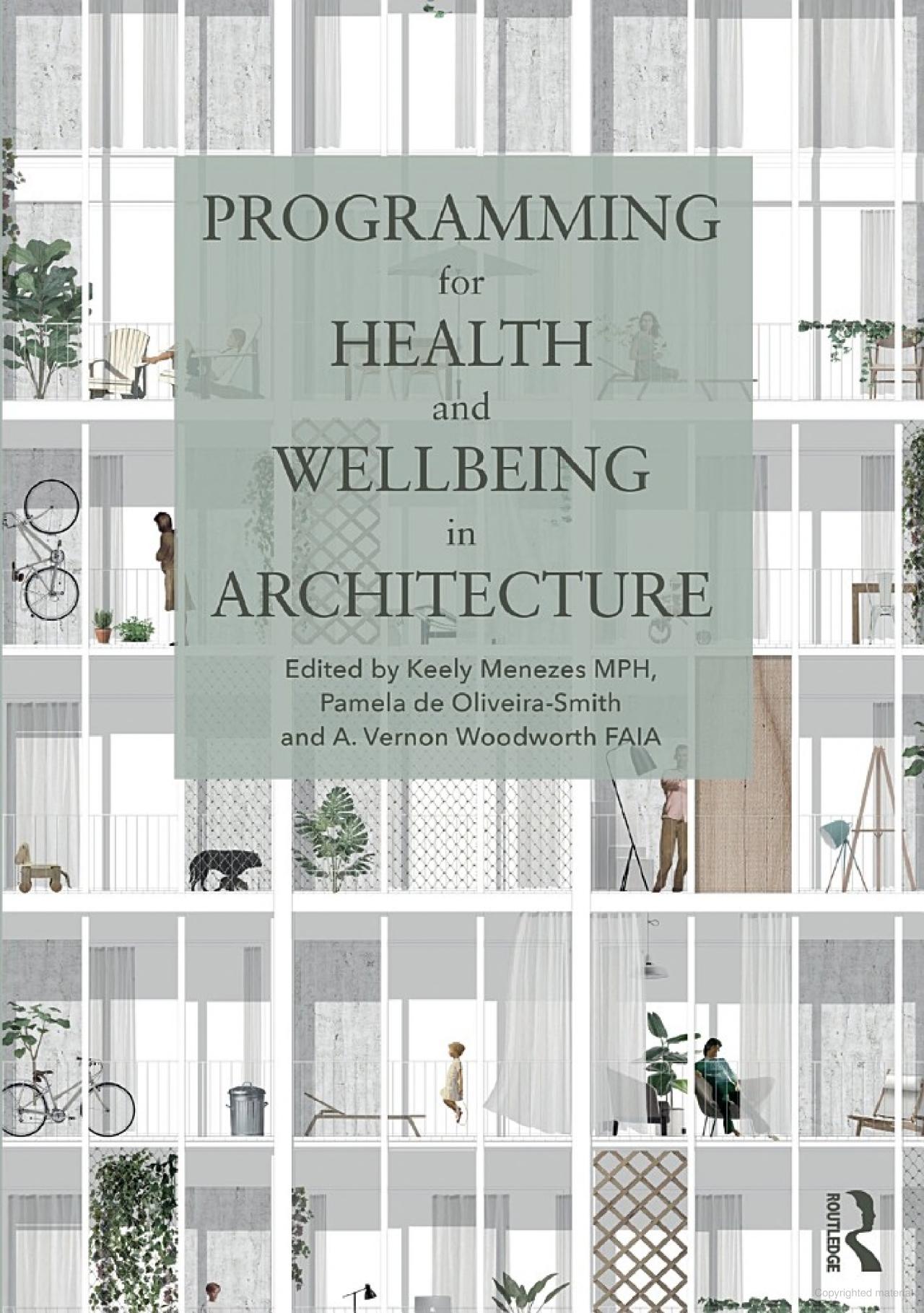
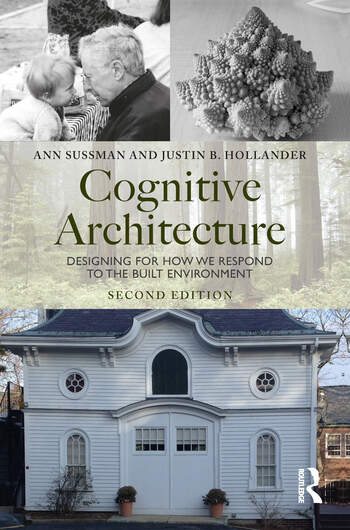
Join us via Zoom!
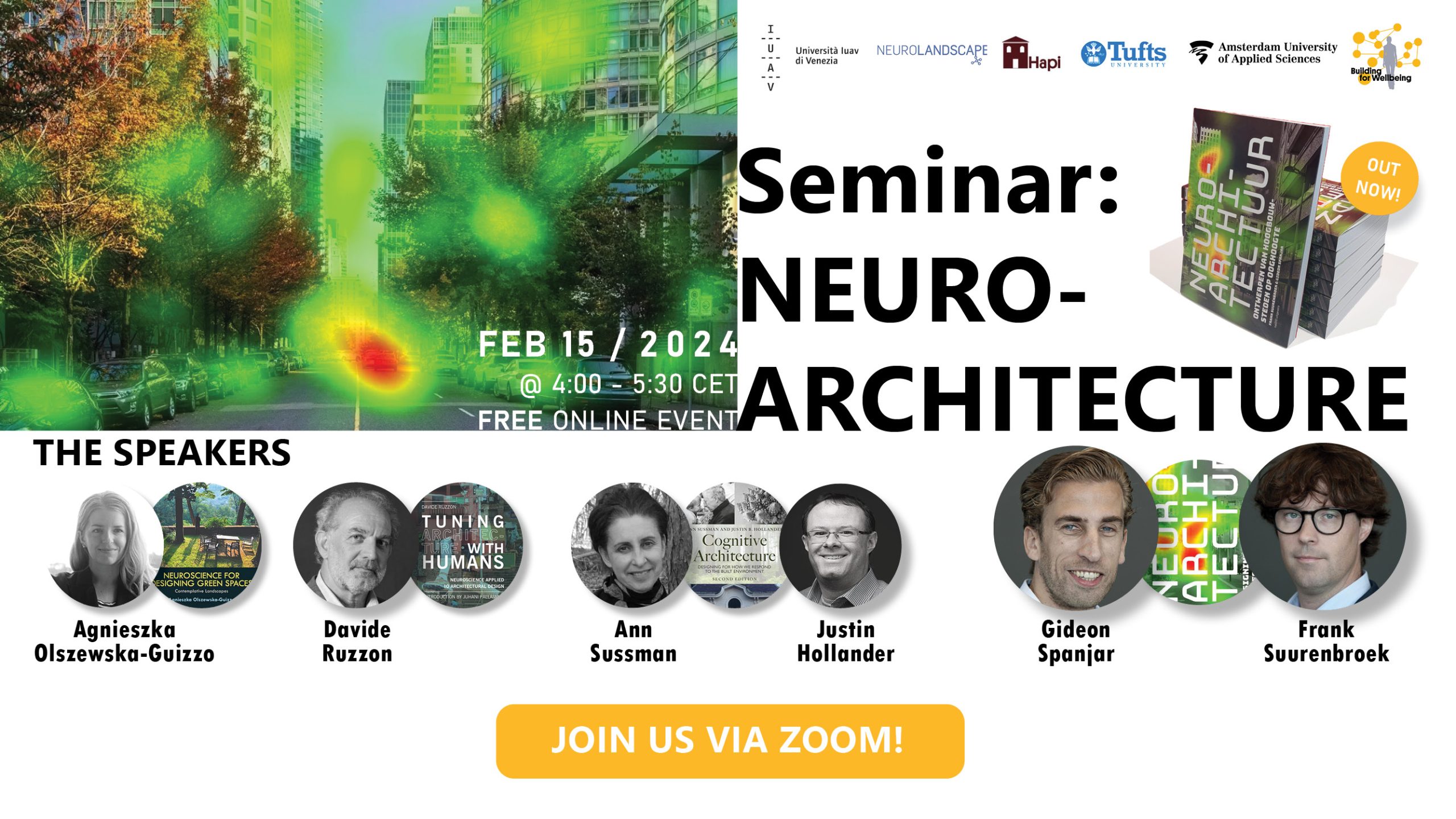
Supported by


